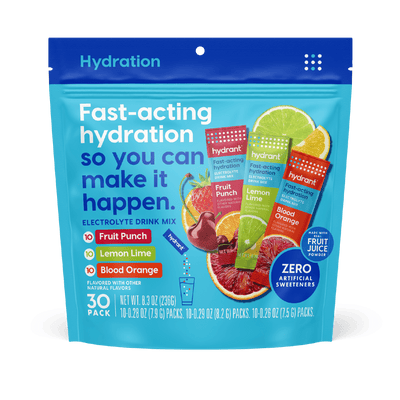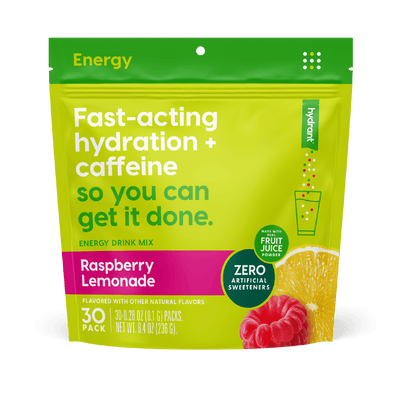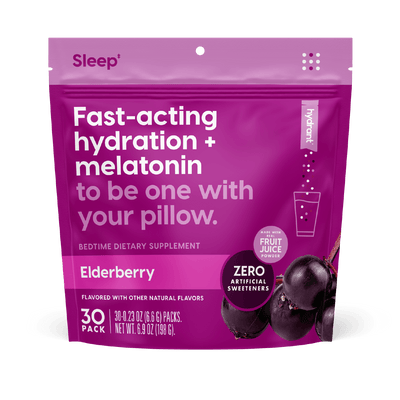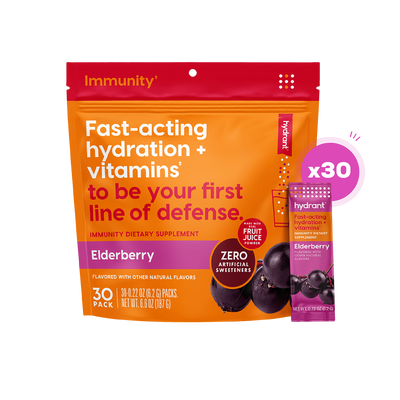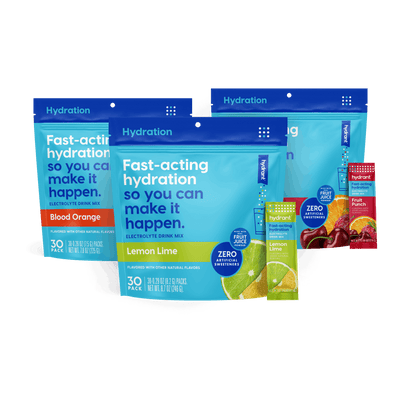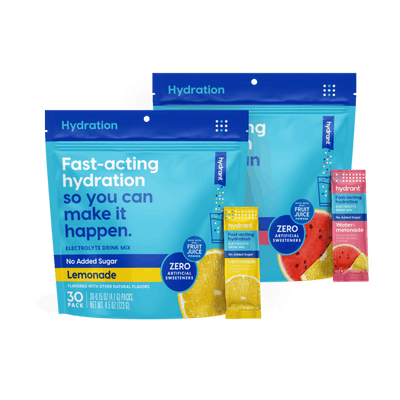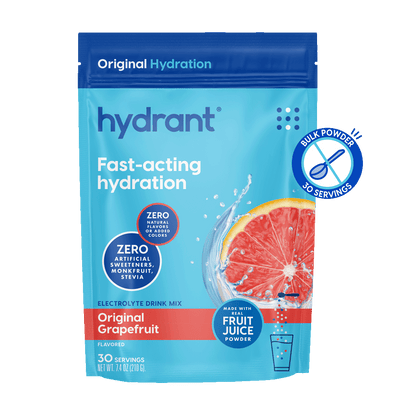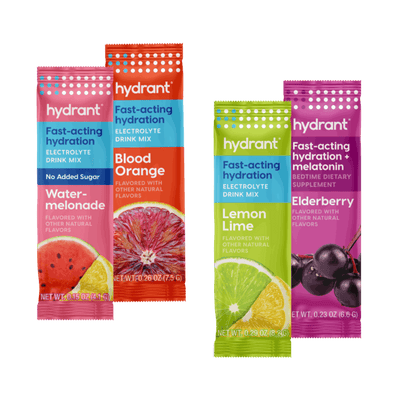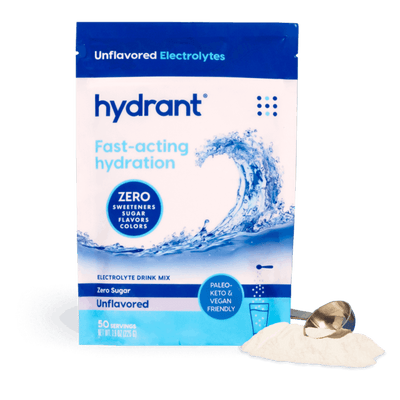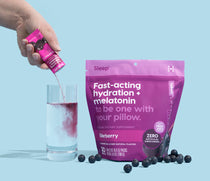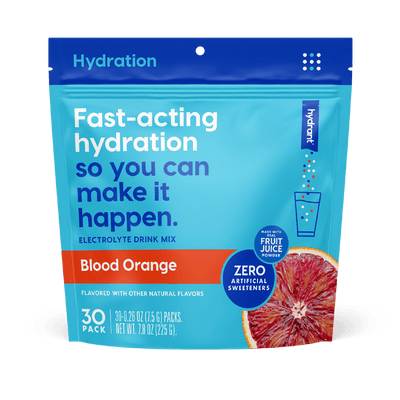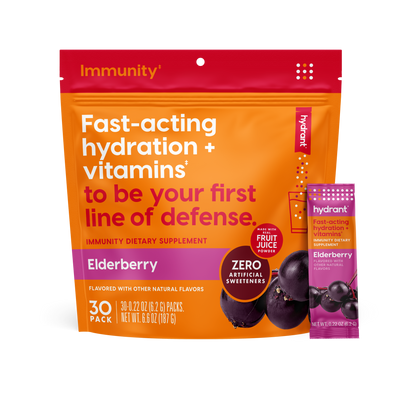Farming sources 1% of U.S. gross domestic products and exported close to 140 billion dollars’ worth of agricultural products in 2018.[i]
The worldwide population is estimated to increase by 2 billion when 2050 hits. As population numbers rise domestically and internationally, farmers' demand to provide more products is rapidly growing.[ii]

Farming is extremely rewarding, but the physical nature of the job can take its toll—especially during warm summer months. If proper precautions aren't made while farming, you could fall victim to heat stress.
Whether you run a hobby or a business farm, it's essential to learn about the different types of heat stress you can encounter while working to recognize the symptoms and treat yourself accordingly.
What Are the Types of Heat Stress?
Heat stress is defined as the accumulation of body heat either internally through muscle exertion, or externally due to environmental factors.[iii]
What's worth noting is that farming can simultaneously act as a catalyst for internal and external body heat buildup, therefore accelerating your risk of experiencing heat stress. Farmers die from heat-related illnesses at a rate 20 times higher than any other type of worker in the U.S.[iv]
Heat stress is a general term that can unfold into two severe conditions:
- Heat exhaustion
- Heatstroke
Heat Exhaustion Symptoms
When your body overheats and experiences heat exhaustion, several bodily responses are triggered, including:[v]
- Rapid pulse
- Heavy sweating
- Lightheadedness or headache
- Muscle cramps
- Nausea
How Does Heat Exhaustion Develop?
Having an understanding of how heat exhaustion develops is a great way to protect yourself from the get-go.
When you're outdoors farming, your body regulates its temperature by evaporating the sweat you produce. If you're overexerting yourself or working in conditions such as a heatwave, your body experiences more difficulty evaporating sweat. People tend to trigger heat exhaustion by not maintaining hydration or overdressing.
Certain groups stand at a higher risk of developing heat exhaustion.
Groups at Risk for Experiencing Heat Exhaustion
People might be under the impression that older people are the only ages at a higher risk of experiencing heat exhaustion. A surprising fact about heat exhaustion is that young people are equally as susceptible to the condition. [vi]
Why?
Young people haven't fully developed the ability to regulate their internal temperature.
Older farmers can be at a higher risk for heat developing heat exhaustion due to pre-existing conditions and medications. Some medications interrupt your body's temperature regulation process, while others dehydrate you at a more rapid rate.
Once you begin to experience symptoms of heat exhaustion, you must shift into recovery mode.
How to Recover From Heat Exhaustion
If you're out working on the farm and start to deal with any of the symptoms of heat exhaustion listed above, it's essential to stop activities, get out of the heat, and rest. It's recommended that you find a cool area to rest that features air conditioning or portable fans.
Additional helpful treatments for heat exhaustion consist of:
- Drinking hydrating fluids
- Removing extra clothing
- Applying cold packs or towels
- Taking a cold shower

Monitor how you respond to the above treatments. If you don't feel as though you're recovering, call for medical assistance. Failing to treat heat exhaustion will put you at risk for developing heat stroke.
Heat Stroke Symptoms
Common symptoms of a heat stroke include:[vii]
- Chills
- Lowered sweating (generally)
- Confusion
- Slurred speech
- Fast and shallow breathing
- Throbbing headache
- Seizures
If you or someone else around you exhibits symptoms of a heat stroke when farming, call medical help immediately. While you wait for medical professionals, follow the same recovery techniques we recommend for treating heat exhaustion.
People experience heatstroke when their body temperature rises to 104 degrees.[viii]
You're probably wondering why heatstroke is more severe than the already worrisome condition of heat exhaustion. Heat strokes can damage your internal organs, and if the state is left alone, the effects will worsen and eventually become fatal.
There's no doubt that heat exhaustion and heat stroke are two scary possibilities when farming. Still, the silver lining is that these conditions can be avoided with some easy to implement strategies.
How to Prevent Heat Stress When Farming
Checking the heat index before you start farming allows you to know what you're in for. Experts recommend that you hydrate every 15-20 minutes on average when working outside, but if you're farming during the summer or the occasional heatwave, you'll have to hydrate more frequently.
Carrying a water bottle makes hydration a more convenient task compared to stopping work completely to go inside.[ix]
Having an understanding of the weather ahead can help you plan your work more efficiently. Warm weather tends to peak around 2:30-5:30 pm, so do your best to schedule more strenuous tasks during the morning or late evening hours. Ideal times to take scheduled breaks are during peak temperature hours.
Regularly scheduled breaks are a vital component in avoiding heat stress-related illnesses. Taking a 15-minute break for every two hours of work is smart to manage your farm workflow[x].
Acclimation can occasionally be overlooked as a strategy to avoid heat stress when farming.[xi] Instead of performing your usual workload on warmer days, gradually increase how much you work throughout the week so that your body has an easier time adjusting to extreme conditions.
Clothing to Wear When Farming
 The clothes you wear when farming have a direct impact on your body's ability to get rid of excess heat. Thick clothing hinders insulation while lighter tone clothing deflects sunlight.[xii]
The clothes you wear when farming have a direct impact on your body's ability to get rid of excess heat. Thick clothing hinders insulation while lighter tone clothing deflects sunlight.[xii]
It's important not to wear unnecessary amounts of clothing when farming in the heat, but you should also cover as much skin as you can to avoid sunburn. Since the brain is more susceptible to radiative heat exposure, consider wearing a hat with a broad rim for more protection.[xiii]
Hydrating When Farming
Hydrating rapidly when farming is essential so you can maintain your workflow and continue doing what you love. To hydrate efficiently, it helps to understand what drinks you should and shouldn't consume.
Here's a quick list of dehydrating drinks to avoid when farming:
- Tea
- Coffee
- Alcohol
Caffeine and alcohol, in general, have dehydrating effects, whereas the following drinks foster hydration:
- Water
- Sports drinks
- Coconut water
- Hydrant (that’s us!)
While we're familiar with the hydrating qualities that liquids such as water and sports drinks possess, you may not have heard of Hydrant.
Here's what Hydrant can do for farmers:
Hydrant is a drink that provides a balanced electrolyte boost for fast recovery & rapid hydration. You can use Hydrant before, during, or after farming, but the best time to use Hydrant is before to ensure that your workday started healthily.
When hydrating in the morning, you:
- Raise your level of alertness
- Boost your immune system
- Kick-start your metabolism
- Remove natural bodily waste
- Promote healthier skin
Water is excellent, but sometimes you may want some flavor in what you drink to stay hydrated.
Six flavor varieties are offered for Hydrant's Rapid Hydration mix, and three flavors are provided for the caffeinated variety. We mentioned that caffeinated drinks tend to dehydrate you, so utilizing our Caffeinated Hydration Mix allows you to stay hydrated while receiving an extra jump-start.
While you may not be able to change the hot weather when farming, you can control how you respond to it with our help.
